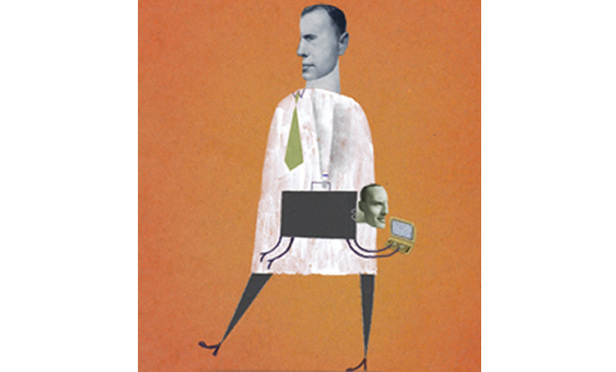Everyone knows that lawyers like words. The legal vernacular sets the industry apart from other sectors and instills exactness in the language of law to consistently apply it to cases as they arise. It can confuse, however, when lawyers apply their love of language to technology, such as predictive coding, predictive ranking and computer or technology-assisted review.
Predictive coding started out simple enough. For document reviewers, it was easy to foresee predictive coding. We all found a document or a group of documents highly relevant to litigation or not, and looked for an easy method to find more documents like the one in hand and code them together. E-discovery vendors gave the legal industry an “easy button,” enabling the bulk coding of documents—and later automated the process with predictive coding.
This content has been archived. It is available through our partners, LexisNexis® and Bloomberg Law.
To view this content, please continue to their sites.
Not a Lexis Subscriber?
Subscribe Now
Not a Bloomberg Law Subscriber?
Subscribe Now
LexisNexis® and Bloomberg Law are third party online distributors of the broad collection of current and archived versions of ALM's legal news publications. LexisNexis® and Bloomberg Law customers are able to access and use ALM's content, including content from the National Law Journal, The American Lawyer, Legaltech News, The New York Law Journal, and Corporate Counsel, as well as other sources of legal information.
For questions call 1-877-256-2472 or contact us at [email protected]



